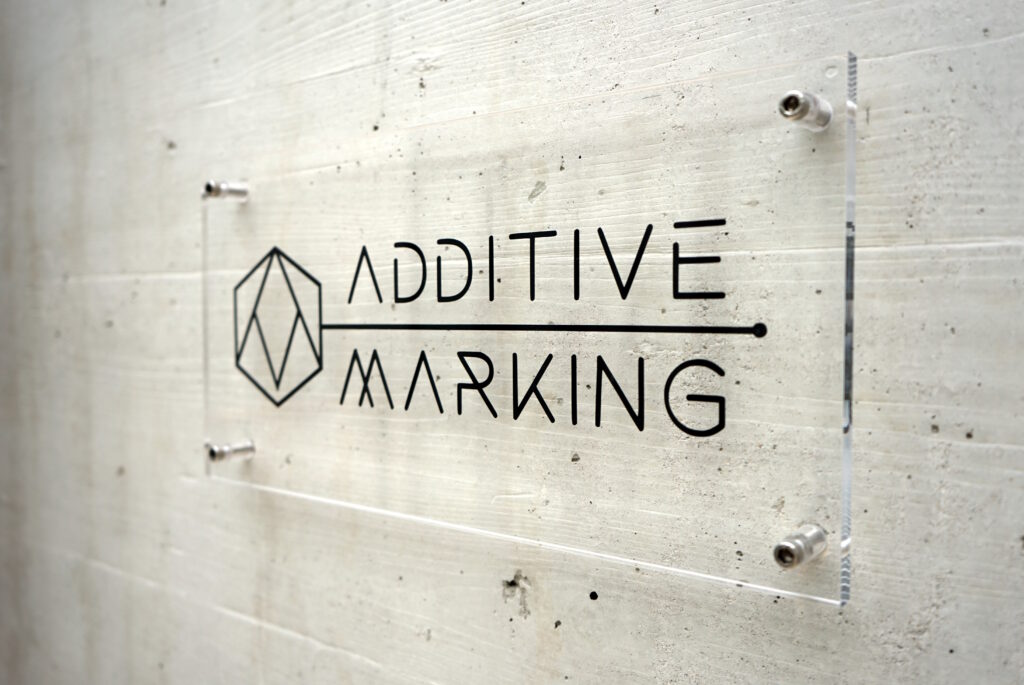Got a question? – Let us know now: Contact and FAQ
Contact & FAQ

Additive Marking GmbH
Technologiepark 31
33100 Paderborn
Additive Marking GmbH
Technologiepark 31
33100 Paderborn
Frequently Asked Questions (FAQ)
Our AI-driven DPM Scan Pro algorithm has been rigorously tested and can decode codes on a variety of different surfaces, shapes and materials, and under different levels of illumination.
Yes. DPM stands for “Direct Part Marking”, which is generated independently of the component’s manufacturing process. DPMs can be integrated into the 3D model via our Serializer - no post-processing of the build job needed. For more traditional manufacturing types, DPMs can be applied to components through post-process technologies such as laser marking or dot peening. Contact us about a specific application.
EAN Codes and other GS1 standard codes; QR-codes, Data Matrix codes; Aztec Codes and Maxi Codes.
Building trust in Additive Manufacturing processes and products is key for scaling up its usage as a end-use manufacturing method. By developing a traceable workflow, you build consumer confidence in your production process and overcome knowledge gaps among supply chain stakeholders.
Building trust in Additive manufacturing processes and products is key for scaling up its usage as a primary method of manufacturing. By developing a traceable workflow, you build consumer confidence in your production process and overcome knowledge gaps among supply chain stakeholders.
